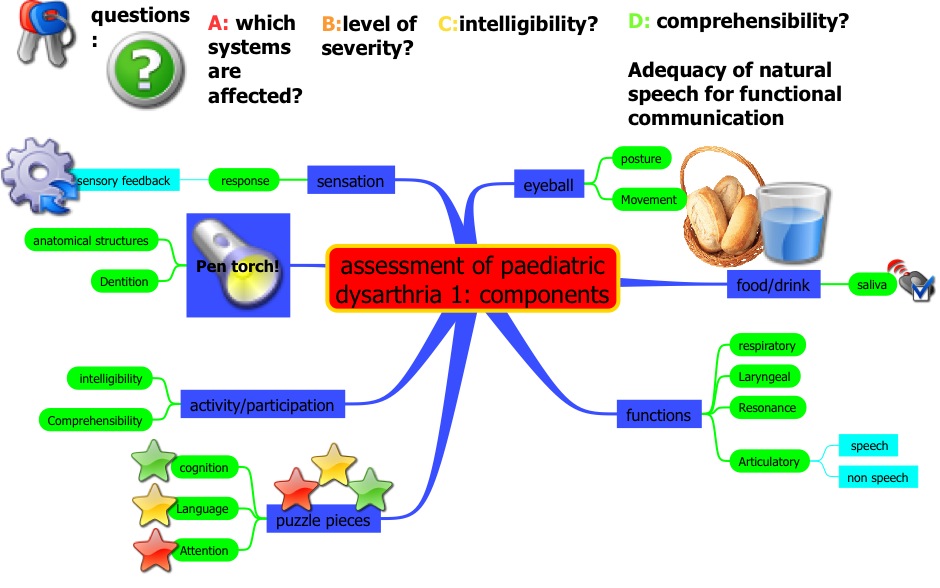Traumatic brain injuries, tumors, cerebral palsy, MS, Guillain-Barre syndrome, Lyme disease, and more – these can all be the culprits of the speech disorder known as dysarthria. It is characterized by symptoms such as abnormal rhythm (intonation) during speech, hoarseness and other voice quality issues, mumbled or slurred speech, inappropriate rates of speech (too fast or too slow), and inadequate tongue, lip, and facial muscle control. The severity of these symptoms can vary greatly depending on the cause. Evaluation and individualized treatment plans by a speech-language pathologist are valuable, and the following are four speech therapy activities for kids with dysarthria that can provide improved speech quality. Continue reading
Speech Disorders in Children: What to Do About Dysarthria
Speech DisordersAs a parent, you do whatever you can think of to keep your child safe. You make sure he rides his tricycle with a helmet, you strap him snugly into his car seat, and you even have your mechanic check out every unusual noise to make sure the car is safe. But accidents have a way of happening even when you take every safety precaution. And if your child suffers a head injury, he might also develop one of the many possible speech disorders in children, such as dysarthria.

